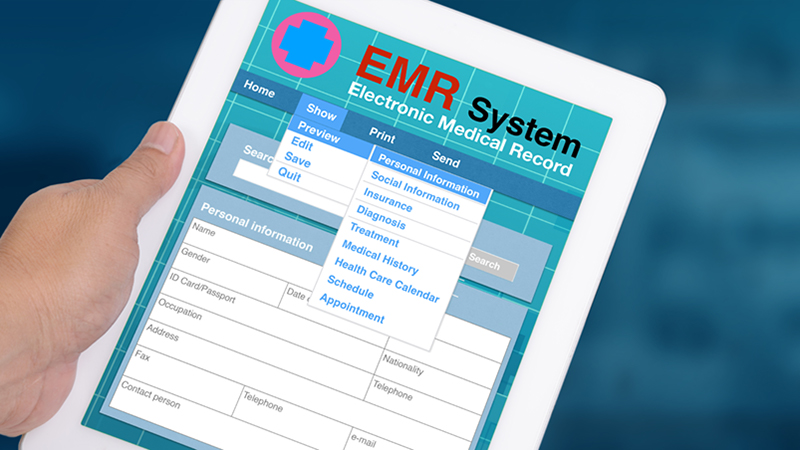
Practice Perfect 770
The Challenges of EMR
The Challenges of EMR

As anyone practicing medicine in today’s world can tell you, using an Electronic Medical Record (EMR) is a major part of life. Now, many of us will also tell you in no uncertain terms that we don’t love it. Since I work at two different practices, I work primarily with two EMRs, but I also use programs at each of the hospitals. This adds up to a whopping SEVEN EMRs!
What I Don’t Love About EMRs
- It takes too long to enter notes - Regardless of how an EMR is set up – shortcuts, templates, stock notes, tap and click, natural language dictation – it still takes too long. I’m old enough to have experienced the pleasures of dictating office notes, and nothing beats the 90 seconds it would take me to dictate a new full patient note.
- Unending hours on the phone with customer support - Due to reasons beyond me, my EMR systems often seem to “glitch out.” I then call customer support, give them access to my computer, and an hour later, I’m back up and running. Both of my EMRs allow online prescribing, but it took about 10 hours of combined time over a month to set it up for one of them. So much for saving time.
- Compatibility - Unfortunately, due to the multiple computer platforms in existence, EMR systems must be designed to run on all of them…but they often are not. Despite both of my EMRs being cloud-based, I’m still required to carry two different types of computers to run both programs. The compatibility issue also extends to how well designed it is for podiatry – which both of them are not. When a program is designed for everyone, it is often useful to no one.
What I Love About EMRs
- Accessibility and portability - It’s fantastic to be able to access a patient’s chart from anywhere. This beats paper charts hands down.
- Online prescribing - This is a huge service improvement over paper prescribing, since the physician can be more rapidly responsive to patient needs and requests for medications.
- Importing images - Nothing beats an EMR that allows us to import images into the chart note. Whether it’s clinical images, labs, or radiological images, this allows for a more complete, accurate, and useful chart note. One of my EMRs actually has an app that allows me to take images and import them directly into the patient’s file. Love it!!!
- Improved compliance - Most EMR programs are set to check our charting and make sure we are in compliance with the most recent rules (because there are soooo many!!).
What Would the Perfect EMR Look Like?
My dream EMR would allow all of the following characteristics and utilities:
- Patients can enter their own medical information that imports directly to the chart - Imagine not having to manually enter the medical history, allergies, meds, etc yourself? I would marry that EMR!
- Sixty second charting - I want to be able to enter and complete a full chart note in under 60 seconds. I don’t like to use the EMR when in the room with patients (it’s too impersonal and ruins the relationship I try to build), so I do all my charting afterwards.
- Completely personalizable - I want the ability to set up every aspect of the system according to my wishes. Color, font, format, templates, ability to automatically send notes to referring doctors, true natural language dictation, etc.
In essence, the perfect EMR system would allow us to focus 100% of our time and efforts on our patients, seamlessly creating chart notes that properly support our care with little to no work on our part, in a convenient format, that lets us go home the moment patient care is complete. I’m excited to see that happen…someday.






























Comments
There are 0 comments for this article